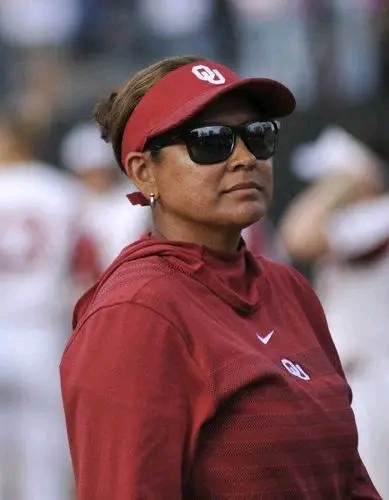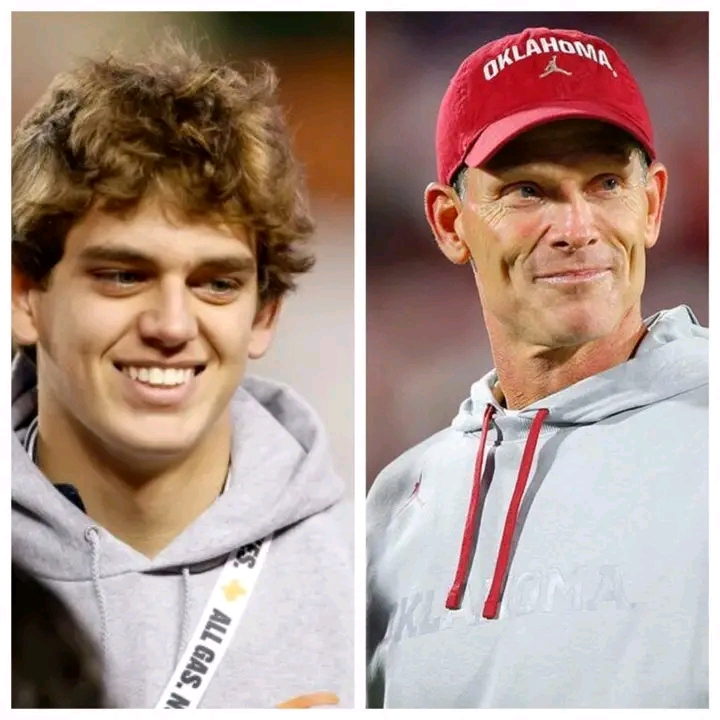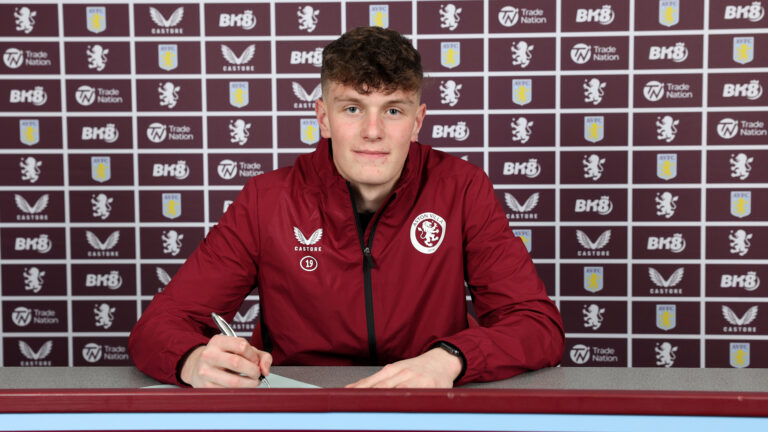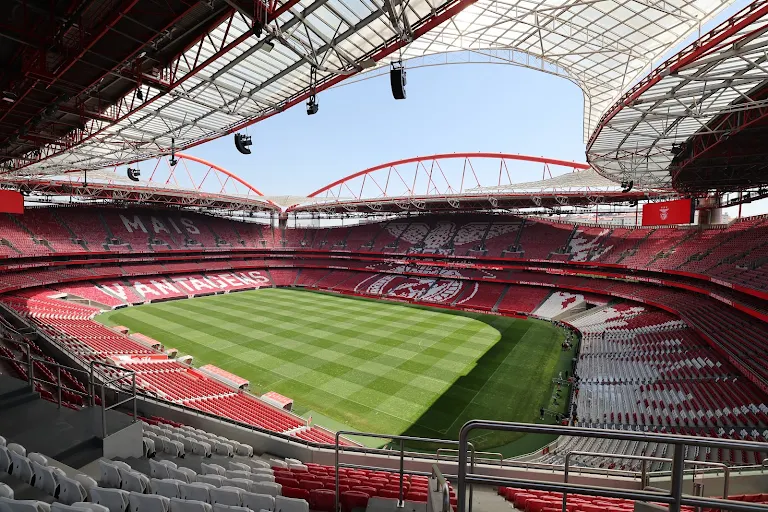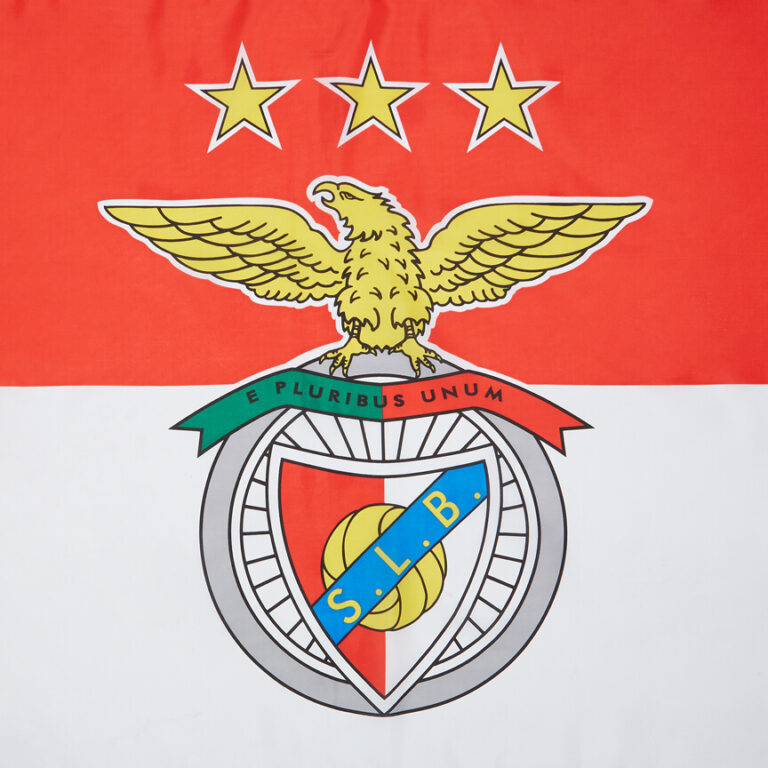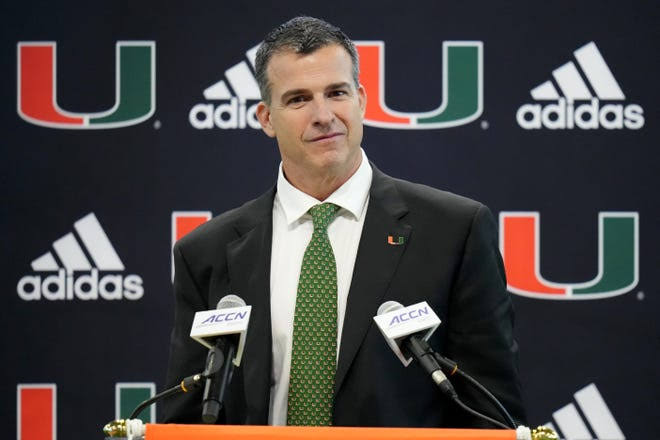
The Miami Hurricanes are preparing for a pivotal 2025 season under head coach Mario Cristobal, and with that comes some difficult decisions. As the program intensifies its efforts to reshape the roster and reestablish itself as a national contender, sources within the athletic department have confirmed that a number of players are expected to be cut or enter the transfer portal in the coming weeks. The move is part of a broader push to streamline the depth chart, enhance competition, and make room for emerging talent, particularly from a highly-touted incoming recruiting class.
The roster overhaul doesn’t come as a complete surprise. Miami has been active on the recruiting trail and in the transfer portal, bringing in new players at key positions, particularly on defense and along the offensive line. With scholarship limits and a renewed focus on culture and performance, trimming the roster has become a necessary step in building a more disciplined and competitive team.
“We have to make tough calls to ensure we’re putting the best possible product on the field,” said one source close to the program. “Coach Cristobal is looking for guys who buy in fully—physically, mentally, and emotionally. It’s not just about talent anymore. It’s about effort, accountability, and fit.”
Among the expected departures are several upperclassmen who struggled to earn playing time in recent seasons, as well as a few younger players who failed to meet expectations during spring workouts. While no official list has been released, insiders point to logjams at wide receiver, linebacker, and in the secondary as areas where the numbers need to be reduced.
The Hurricanes’ spring practices revealed both promise and concern. On one hand, early enrollees and younger players, such as freshman defensive back Marcus Holloway and sophomore wide receiver Trevin Carter, impressed with their athleticism and preparation. On the other hand, some veterans were noticeably outpaced, raising questions about their role going forward.
Cristobal, known for his no-nonsense approach to program building, has emphasized the importance of internal competition. Players who aren’t progressing or who aren’t contributing to the team culture are unlikely to remain part of the plan. While it’s a harsh reality for some athletes, it underscores the seriousness of the rebuild in Coral Gables.
“This is what happens when you raise the standard,” said a former Miami player turned analyst. “You can’t hang onto guys who aren’t cutting it, no matter how long they’ve been in the program. That’s how you stay stuck in mediocrity.”
The roster trimming also reflects the evolving landscape of college football. With the transfer portal more active than ever and NIL opportunities influencing player decisions, coaching staffs have more flexibility—but also more pressure—to get their rosters right. Programs like Miami, which are trying to break back into the national elite, must be aggressive in managing talent and culture alike.
While losing players can sometimes create backlash or concerns about program stability, Cristobal appears to have strong support from Miami’s administration and boosters. The clear goal is to build a roster that can compete with the likes of Clemson, Florida State, and even the top teams from the SEC and Big Ten.
The Canes are also counting on their 2025 recruiting class, ranked in the top 10 nationally by most services, to inject new energy into the program. Several incoming freshmen are expected to challenge for playing time immediately, especially on the defensive line and at quarterback. This influx of young talent has further intensified the urgency to clear roster spots and make room for the future.
As the offseason progresses, more announcements regarding player departures are expected. Some will quietly exit via the transfer portal, while others may receive medical redshirts or non-renewals. Regardless of how the process unfolds, the message is clear: the Hurricanes are serious about winning again, and there’s no more room for complacency.
For fans, it’s a moment of tough love—but potentially a necessary one. Miami hasn’t won the ACC since joining the conference in 2004, and has made only one major bowl appearance in the last two decades. Cristobal’s tenure has been marked by intense recruiting battles and efforts to modernize the program’s infrastructure. Now, he’s turning inward, ensuring that the locker room reflects the vision he’s selling to the outside world.
As summer workouts begin and fall camp looms, the players who remain will know one thing for sure: they’re here because they earned it. For the rest, the search for a new opportunity begins—and for Miami, the road toward revival continues.
